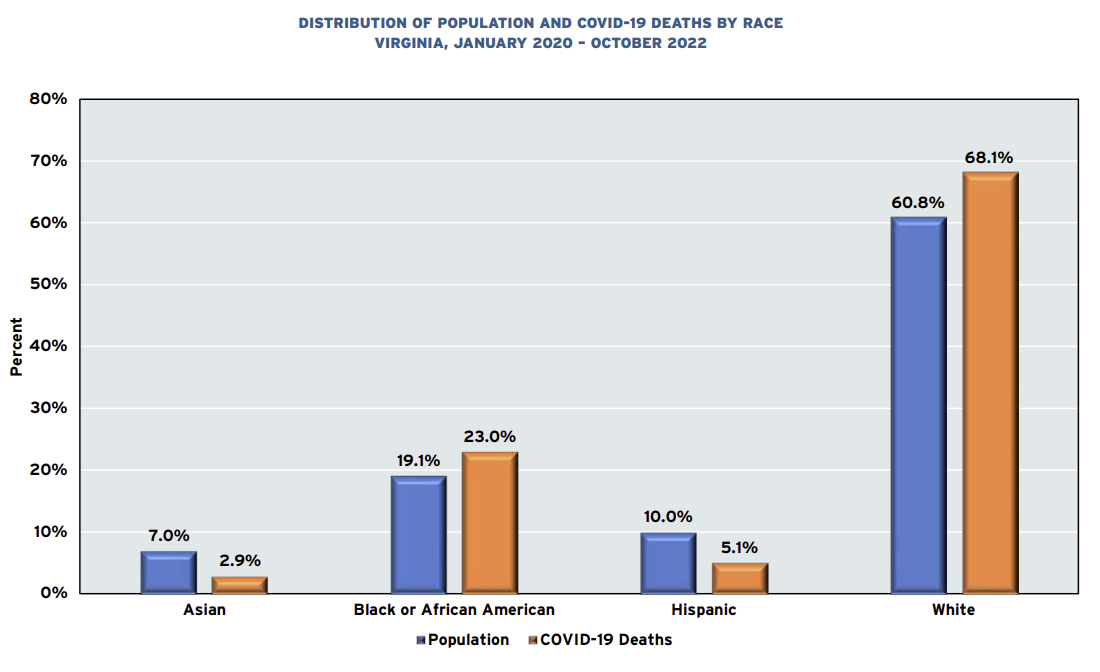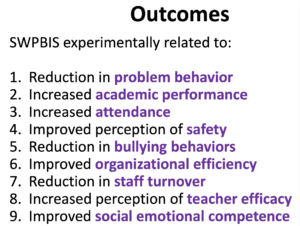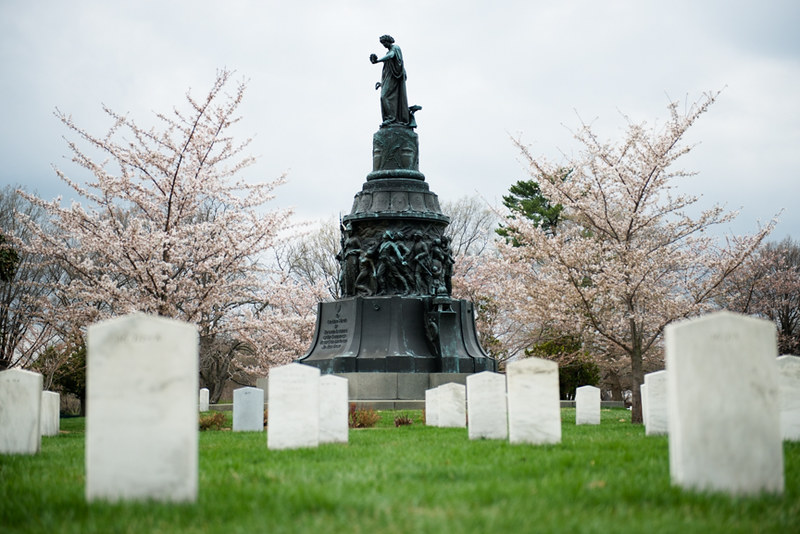by Brenda Hafera
The Albemarle County school district in Virginia has been subjected to two lawsuits related to its implementation of an “anti-racist” curriculum, which one parent said was “incubating a culture rooted in grievance, discord, and victimhood.” But parents in the school district near Charlottesville may be alarmed to discover that it is not just the school board that is working against them.
Powerful political organizations like the Southern Poverty Law Center and one of Virginia’s own beloved historic sites may be involved. The Albemarle County anti-racist curriculum appears to have originated at President James Madison’s home, Montpelier, an historic site that has ties to the SPLC.
Montpelier, which is owned by the National Trust for Historic Preservation and operated by the Montpelier Foundation, has been reconstructed and converted into a museum. While some of Madison’s accomplishments are discussed during part of the main house tour and through a brief video in the visitor center, there are currently no exhibits focused on his importance as the Father of the Constitution, according to Montpelier’s website.
Staff members have also reportedly said that they have no interest in honoring a “dead white president and a dead white president’s Constitution.”
Continue reading

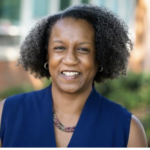

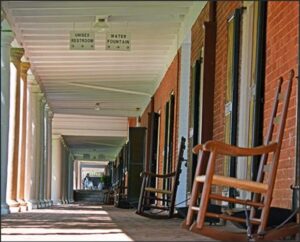
 by Tyler O’Neil
by Tyler O’Neil 

